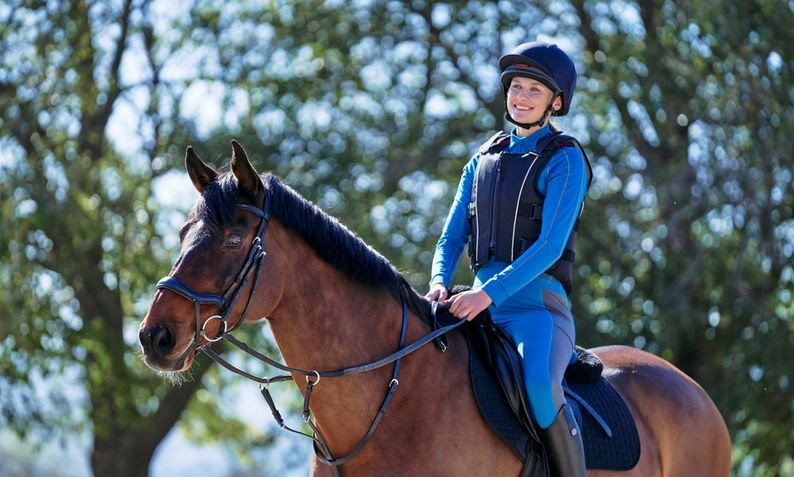
As we're now fully in the swing of 2020, it is common practise to believe winter is now done and dusted with (we wish!). Sadly however, the weather is likely to get a lot worse from now right up until March, so get prepared! Winter is a time our horse's are more respective to hoof problems; so before the weather get's worse, now is the time to maintain your horse's healthy hooves.
The importance of healthy hooves can sometimes be overlooked when it comes to our horse's health and care. Playing a very fundamental part of our horse's overall health, without healthy hooves your horse may go on to endure severe lameness, soreness and sometimes lifelong hoof-issues. So, let's avoid those vet bills and stride for healthy hooves this winter.
Below you'll find the most common winter-related hoof problems and our guide to help prevent them this winter!
Please note: these are ways to help prevent hoof infections & problems. If you suspect any hoof-issues with your horse we strongly advice contacting your vet first.
Thrush

What Is Thrush?
Thrush is a bacterial or fungal infection found in the centre of the frog on a horse's hoof. Typically detected by it's distinctive odour when hoof-picking. In some cases but not all, thrush will be visible with a black discharge which is where the infection is residing. Thrush can occur in both the front and hind feet, but is typically more common to be found in the hind feet.
Each case of thrush can vary from being mild to very aggressive. For the extreme cases, thrush can begin eroding sensitive tissue of your horse's frog causing severe tenderness and pain.
Causes Of Thrush
Thrush may be caused by poor-living conditions. For instance, having a poor/dirty stable bedding for your horse. If there is excessive urine in the stable with little to no bedding to soak it up, urine may trigger thrush to occur. The main culprit of thrush is from your horse being stood on dirty, damp and unclean floors.
Preventing Thrush
Luckily, recovering from thrush is very common and will usually take 2 weeks when following a vet/farriers advice. However, the best thing to do for your horse and those vet bills, is it help prevent thrush altogether. To do this, ensure they have a clean and thick stable bedding. At least once a day, pick out your horse's hooves to remove any dirty bedding and apply remedies and hoof-treatments 2-3 times a week. Also whenever your horse has been stood/exposed to dirty flooring. i.e. hacking out in mud, in poor-conditioned fields and wet/damp stables.
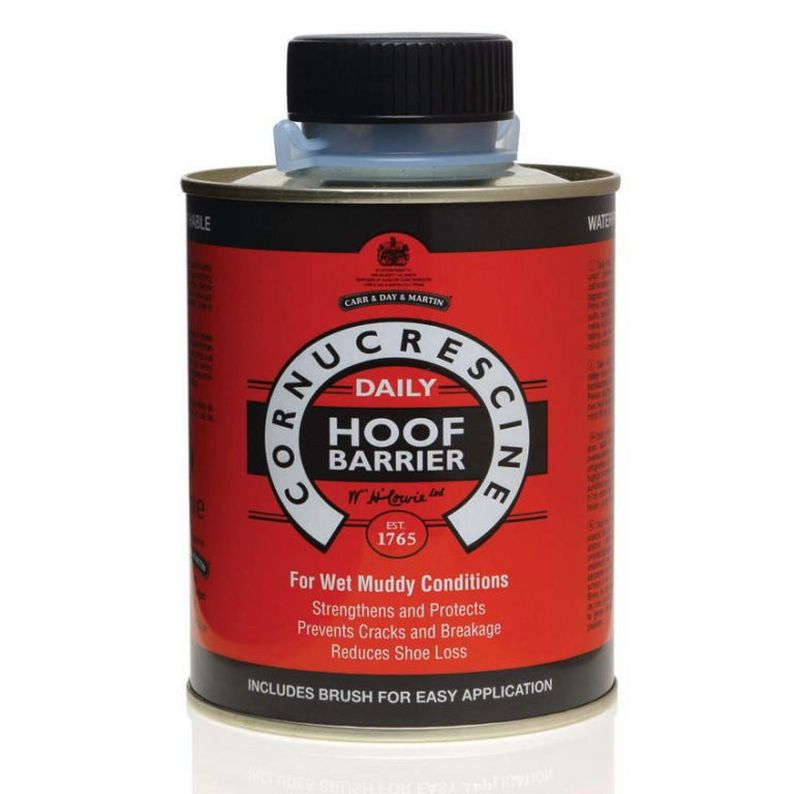
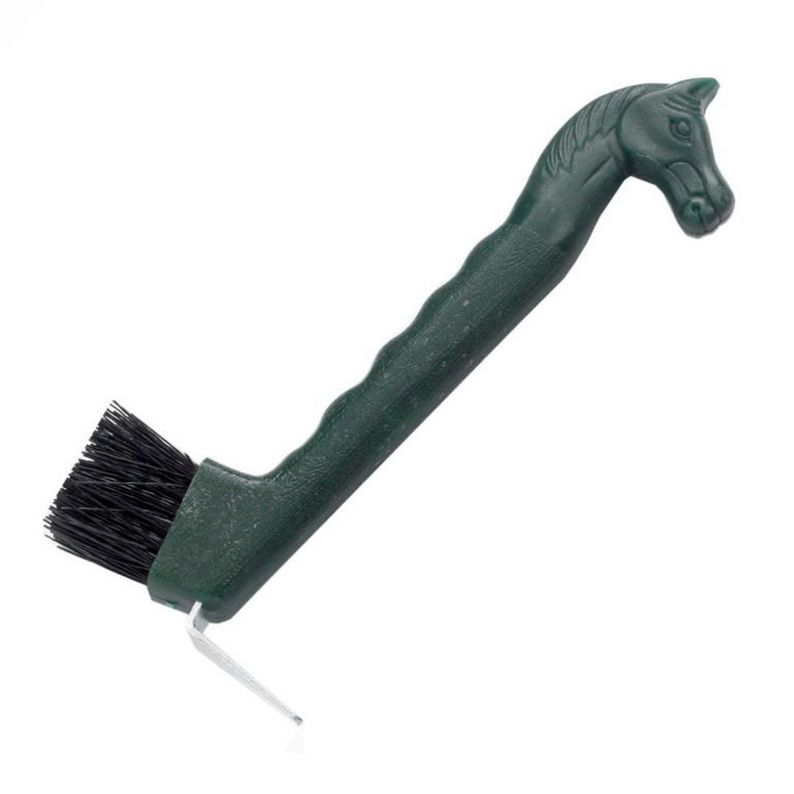
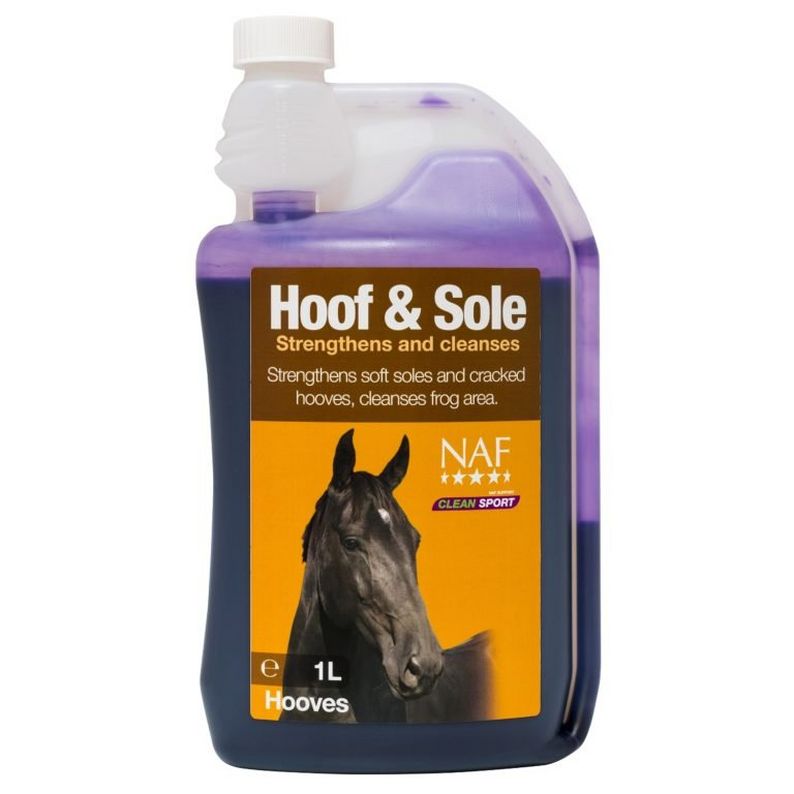


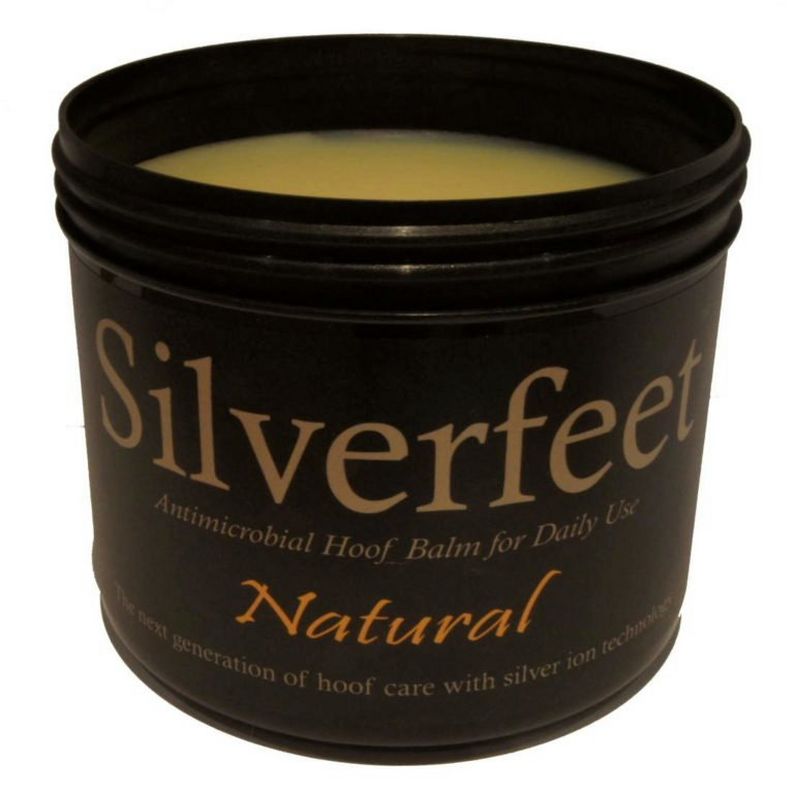
Cracks & Dryness
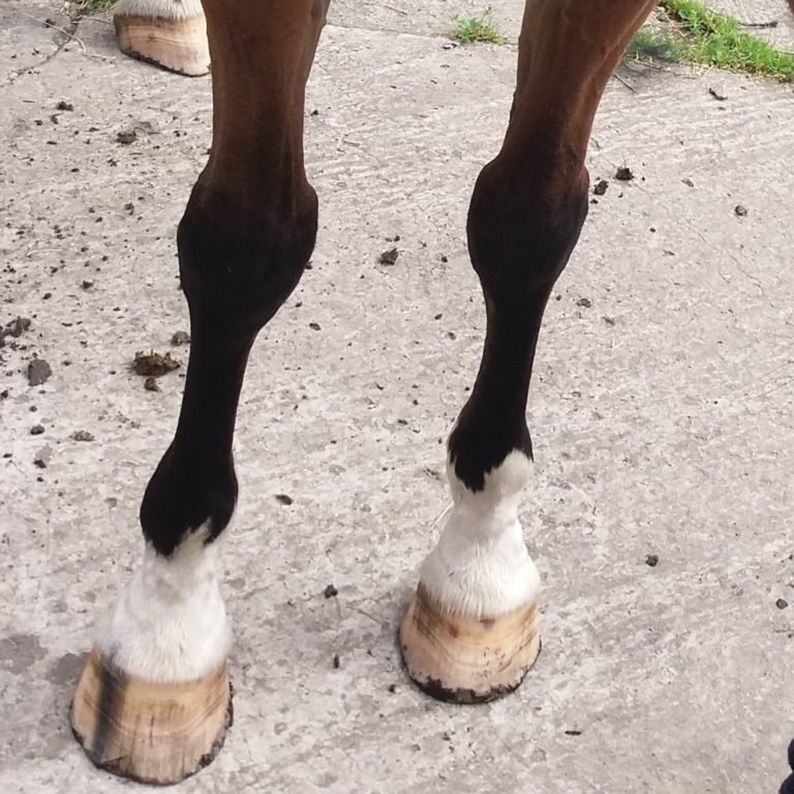
What are Cracks & Dryness?
Cracks are caused typically by deep and malnourished hooves. Cracks can be found on the outer wall of the hoof or underneath - depending on where is dry and / or how it was caused. These are more common on hooves without shoes as they are more exposed to hard grounds and terrains.
Causes Of Cracks & Dryness
There main reasons your horse's hooves may suffer from cracks and dryness due to over-grown hooves, terrains and physical causes or your horse's diet and health. You may find your horse's hooves have cracks just before they're due a shod. When the hooves grow, they become more brittle and soft during colder seasons as apposed to when they are freshly shod. They may also suffer with cracked and dry hooves from the hard and frozen ground during winter. Another main culprit to cracked and dry hooves is when a horse may have a mineral or vitamin deficiency. This is very common during the winter months when foliage quality decreases.
Preventing Cracks & Dryness
To ensure your horse has healthy hooves throughout winter will help subside to risk of cracks and dryness. To do so, we suggest checking the state your horse's hooves are in daily. By adding treatments and oils to the hooves will maintain the hooves wall and sole strength and protect from any other hoof issues too. If you find your horse struggles during winter on the hard and frozen ground, contact your vet to see if they have any suggestions or would advice adding shoes to your horse. Finally, we suggest adding a supplement to your horse's diet to encourage healthy hooves. As unfortunately it is harder to determine the exact reason your horse may have cracked and dry hooves, it is better to try and avoid it with supplements in case this is the reason why.
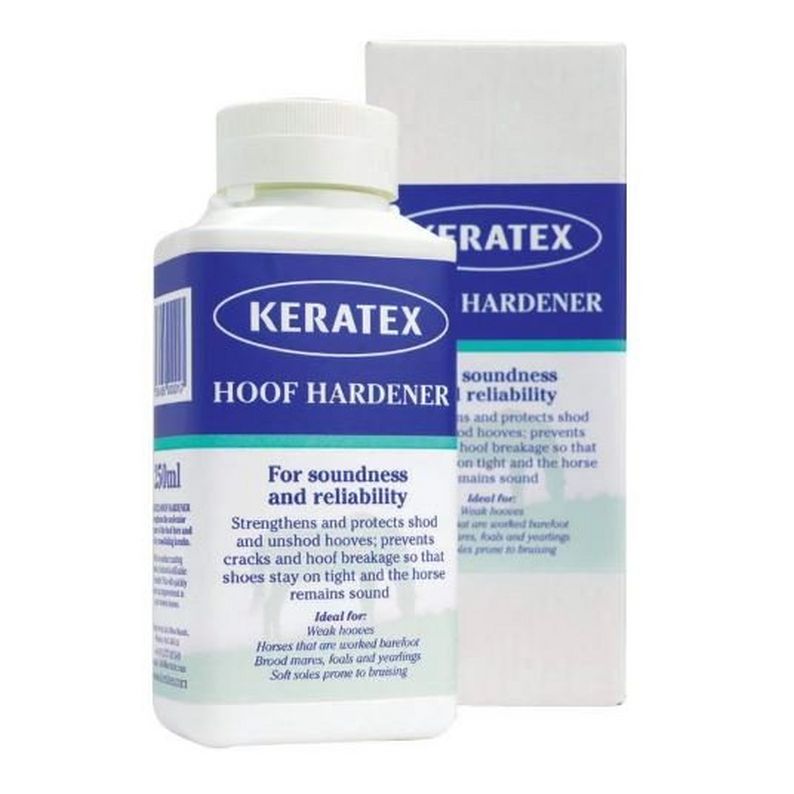
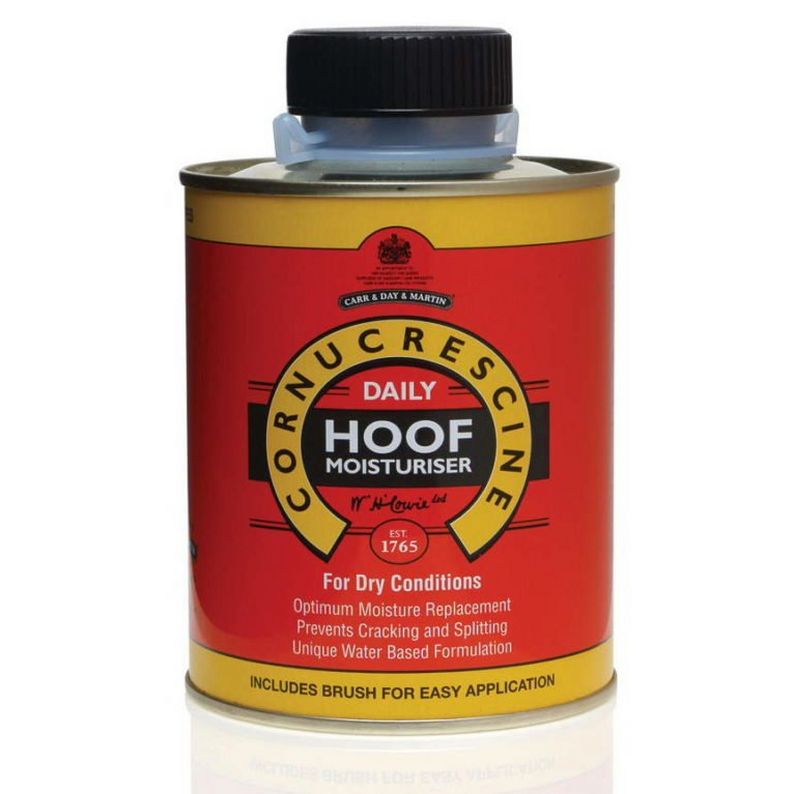

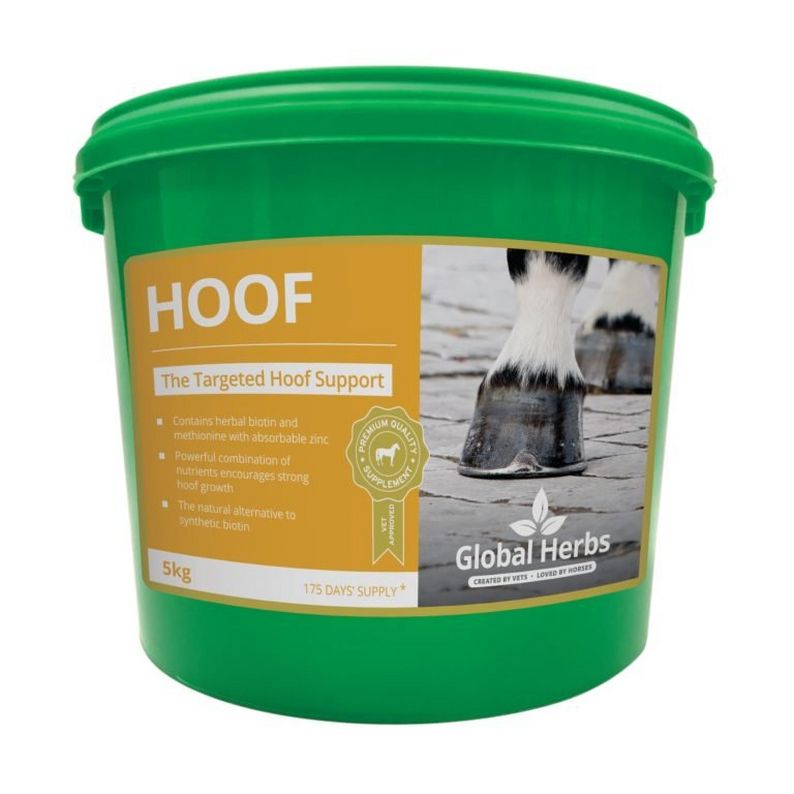
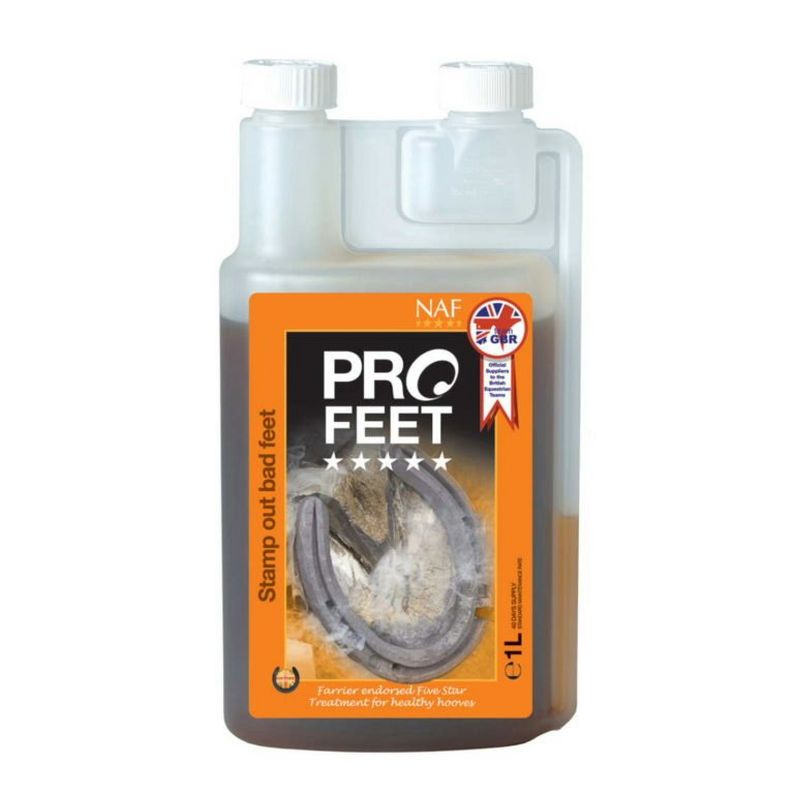

Abscesses
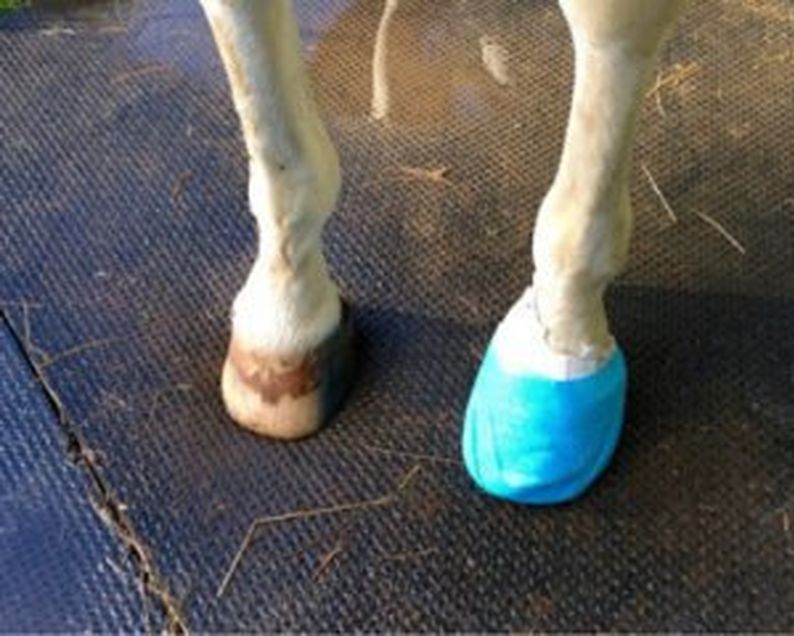
What Are Abscesses?
Abscesses are infections found in the hooves. Just like bruises, they can cause pain, soreness and lameness to a horse and are relatively common in horses. In some cases, abscesses can lead to swelling, which is an easier way to detect what is causing lameness and tenderness. A hot-to-touch hoof is also sign of an infection or abscess. An abscess is filled with puss that may sometimes ooze.
Causes Of Abscesses
Again - similar to hoof bruises - they are often caused by an impact or trauma to the hoof, typically from rocks, but can commonly caused from nails and sharp objects. This may then lead to the culprit penetrating into the sole of your horse's hoof, into a more delicate and reactive layer of the hoof's sole. If it reaches a blood vessel or tissue, it is then common for an infection to grow from the foreign bacteria. This is usually very painful for a horse causing sensitivity and pressure. Your vet will usually extract the abscess and drain the puss but every case varies in seriousness.
How To Prevent Abscesses
If your horse is showing signs of tenderness or lameness, we suggest calling your vet or farrier. We also advise keeping your horse in their stable until advised differently. However, to avoid paying for a vet or farrier visit and having your horse in pain and on box-rest, here are some ways to help limit the chance of your horse getting an abscess. Ensuring your horse has clean and dry bedding can help maintain the overall health of your horse's hooves. Regularly shodding and daily observations of your horse's hooves. Finally, keeping your horse's hooves healthy, strong and moist is a great way to avoid any objects penetrating your horse's hooves.
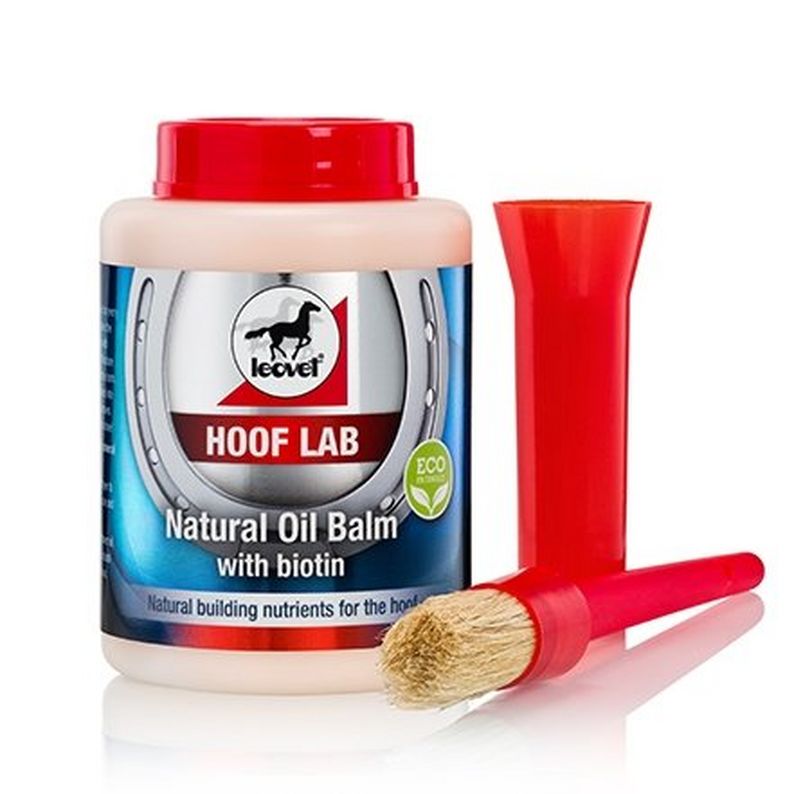
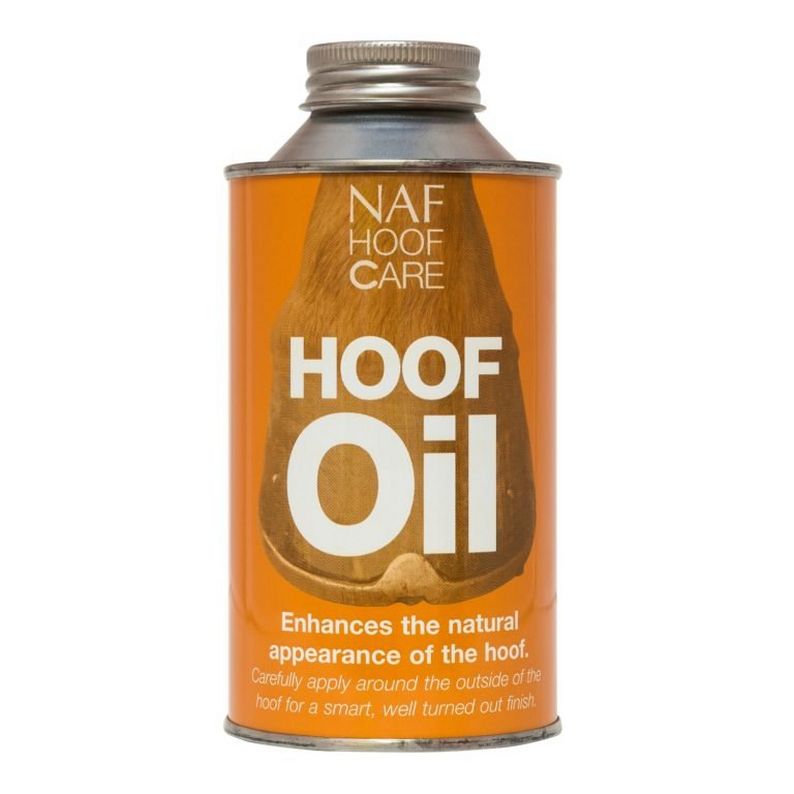
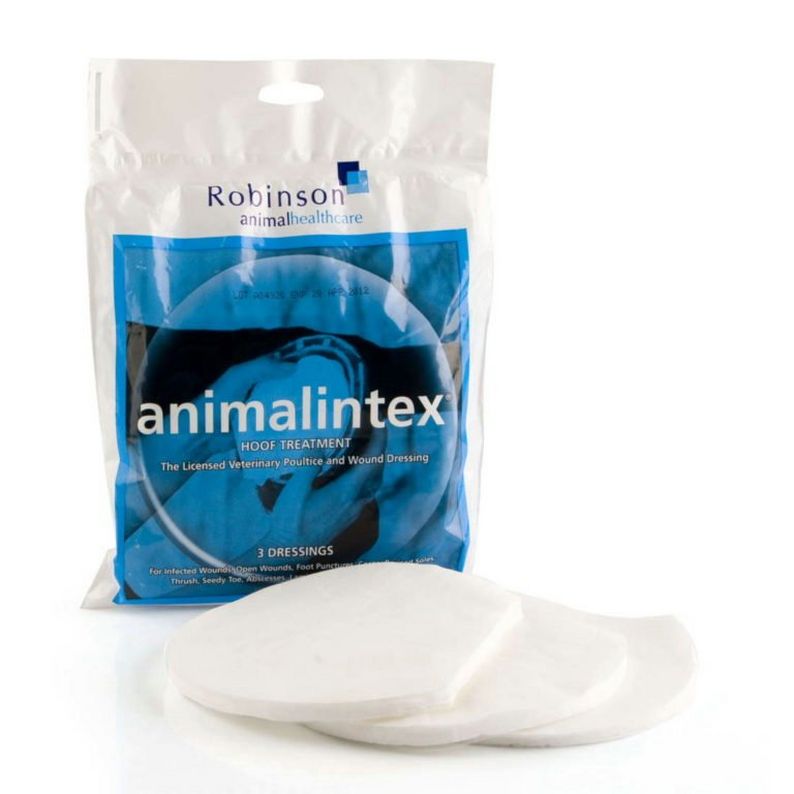

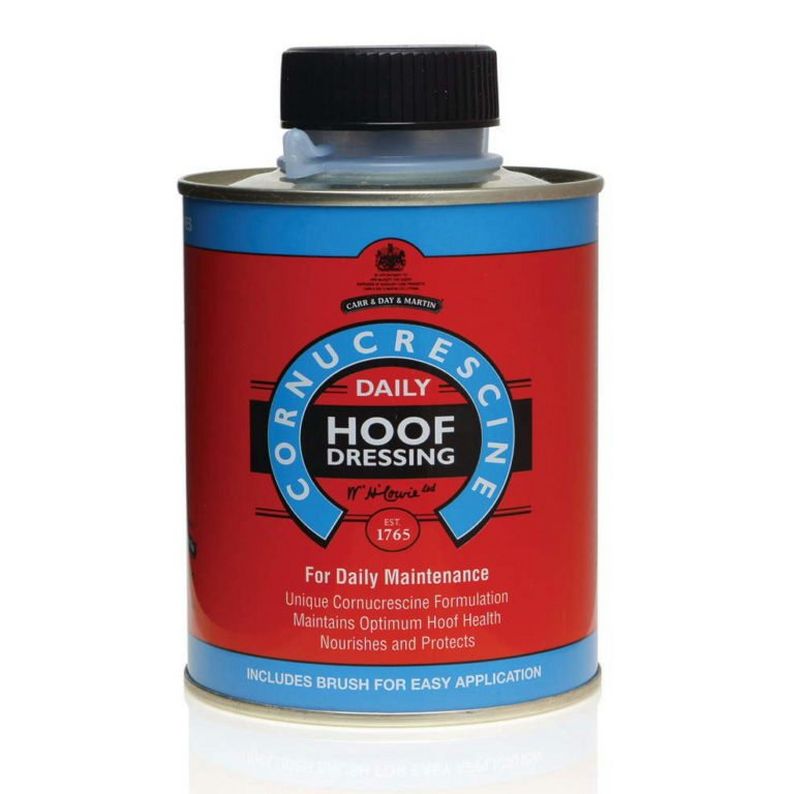
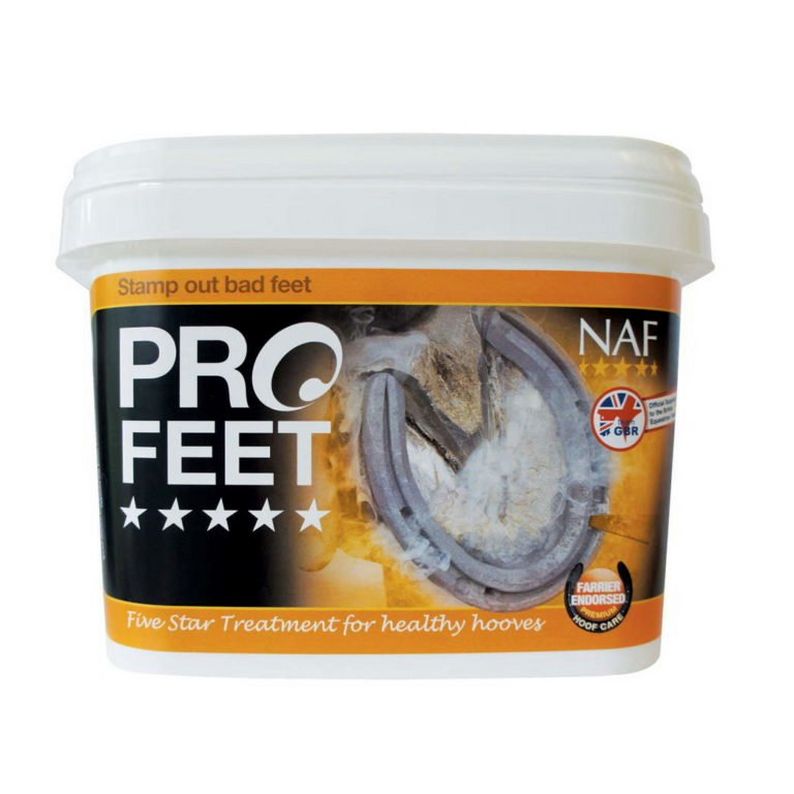
Bruises

What Are Hoof Bruises?
The sole of a horse's hoof is tremendously delicate, and especially the frog which is why most horse's have to resort to wearing iron shoes to protect their feet and to help avoid against lameness. A highly common cause of lameness is from bruised soles which is commonly found on horse's who are not shod - although those who are shod can still be receptive to sole bruising. A bruise looks somewhat similar to what human bruises look like - red/purple in colour and is from the damage to tiny red blood vessels.
Causes Of Hoof Bruises
Just like humans, bruises on our horse's hooves are in result of an impact to a sensitive area of the skin. Bruises are most commonly caused from being on frozen and hard ground or rough and rocky terrain. For those with more sensitive hooves, it is easy for bruises to occur throughout winter. Excessive exercise on hard ground is another factor. Particularly road work or hard bridle paths. If your horse becomes lame we suggest contacting your vet before the risk of it getting worse.
Preventing Hoof Bruises
Preventing bruises can be one of the most difficult hoof-related problems to prevent. The main ways to prevent bruising throughout winter are; more conscious riding on softer surfaces. Ensuring your horse is regularly shod to keep their hooves in tip-top condition. Your farrier may suggest your horse wearing shoes if they are not already, and incurring a bruised sole. Lastly, maximising your hoof care routine is a great way to build up your horse's hoof's strength.



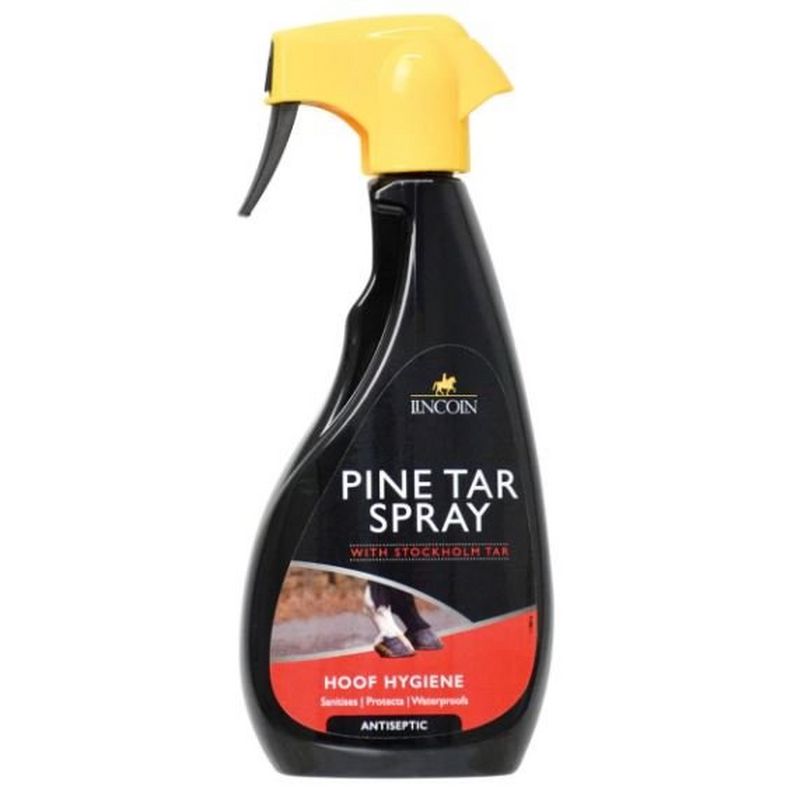
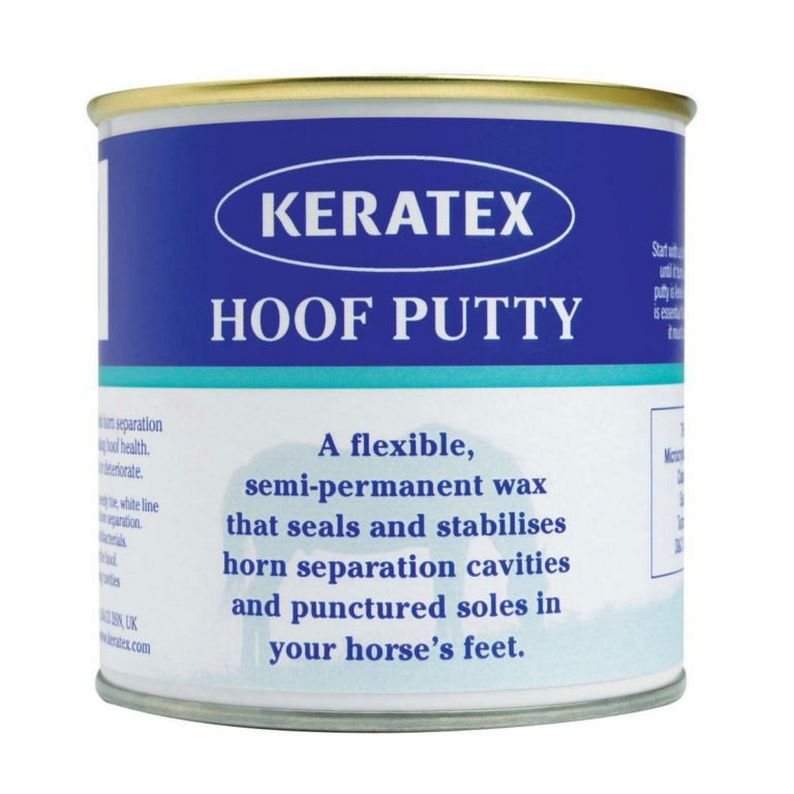
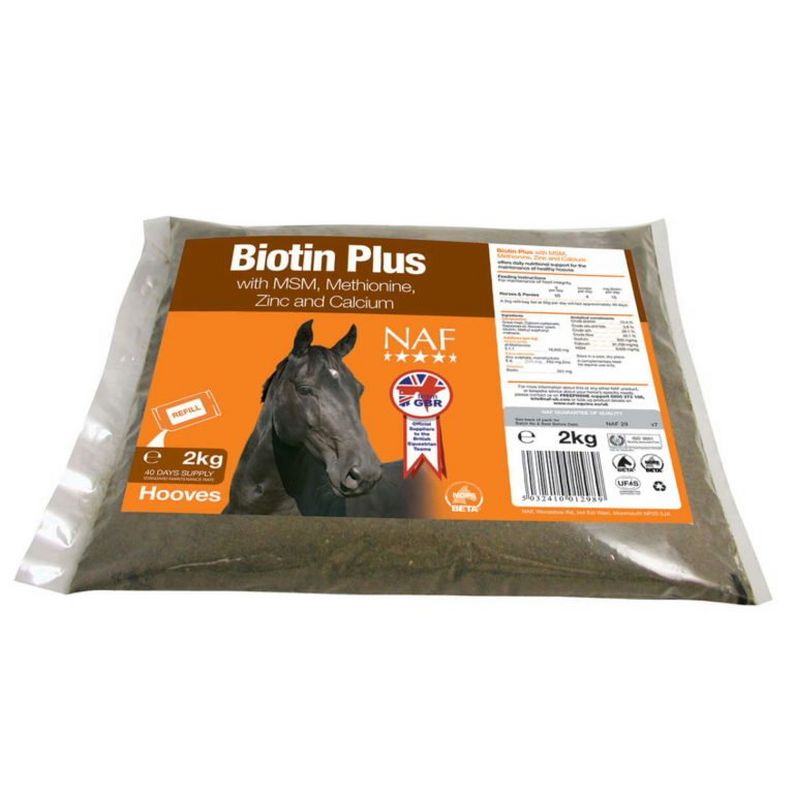
Prevent your horse from these hoof-related issues and avoid those costy vet bills this season by looking after your horse’s hooves. Let us know if your horse is having any hoof-issues right now and we’ll provide some product suggestions!

